A “complete rethink” of Gordon Murray’s pioneering Murray T25 lightweight city car, comprehensively backed by Shell, will be launched at the Beijing motor show this week. The intention is to demonstrate efficiency gains made possible by co-ordinating engine and lubricant development programmes during a new car’s creation.
The T25 has already won many accolades for real-world fuel economy. It returns even lighter as the Shell Concept Car - following a year-long project that set Shell’s lubricant specialists and engine designers from the world-famous Geo Technology engine consultancy (founded by former Honda Formula 1 engine designer Osamu Goto) to work alongside Murray’s people.
The combination of the engineering rethink and the contributions of the new partners has resulted in further class-busting economy gains of at least 5% for the car, with a matching cut in CO2 emissions.
One particular aim of the project, Shell bosses say, is to demonstrate the low-carbon potential of well-applied conventional design thinking, rather than depending on less certain and more expensive new-era technology. This practical approach is dubbed ‘materiality’ by Shell and its engineers.
“There are quite a lot of impressive low-carbon and zero-carbon vehicles coming onto the market,” said Shell’s Robert Mainwaring, “but a Tesla or a BMW i8 can cost £100,000. Our project sets out to show that efficiency is affordable, especially when it involves a very light car made using a low-cost manufacturing process.
“We believe we’ve demonstrated that the best lubricants can interact with car and engine to deliver really good efficiency,” he added. “It’s very unusual for car designers, engine designers and lubrication technicians to work with the degree of intimacy they’ve had in this project. The result has been very encouraging.”
This concept’s most obvious changes from its previous T25 persona, apart from a bright paint scheme in Shell colours, comprise a set of drag-reducing hub caps and aerodynamic spats over the rear wheel arches. These work with a suite of subtle under-body tweaks (the result of a computer-based aerodynamics programme) to cut the drag factor from an already decent 0.37 to just 0.29, a figure more akin to a sleek executive saloon than a tall, stubby city car.
For the Shell project, Murray’s engineers reviewed every element of the T25’s unique iStream construction, redesigning its simple, tubular frame, changing the bonded-in composite panels to carbonfibre for extra strength and lightness, and saving weight with subtle revisions to the seats, brakes, suspension and wiring harness. The result is an 80kg cut in kerb weight to just 550kg, which leaves the Shell Concept Car weighing about half as much as a standard, steel-bodied supermini.

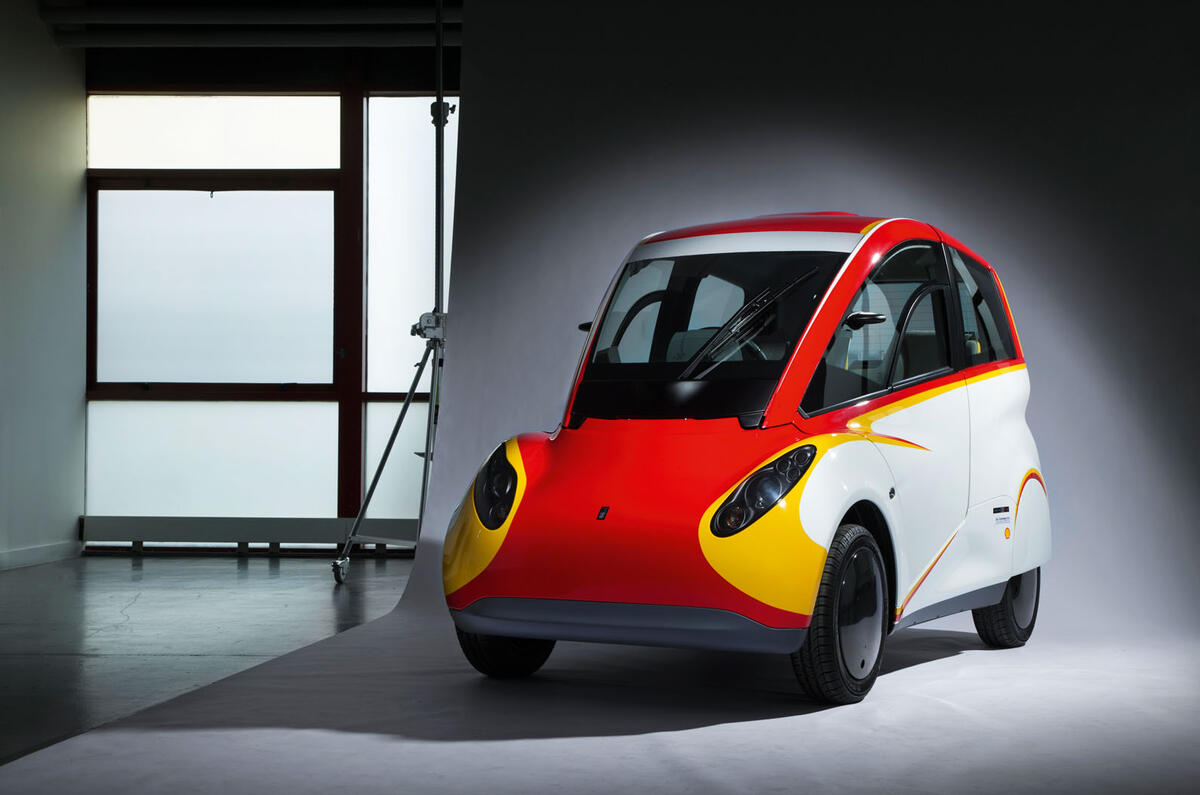

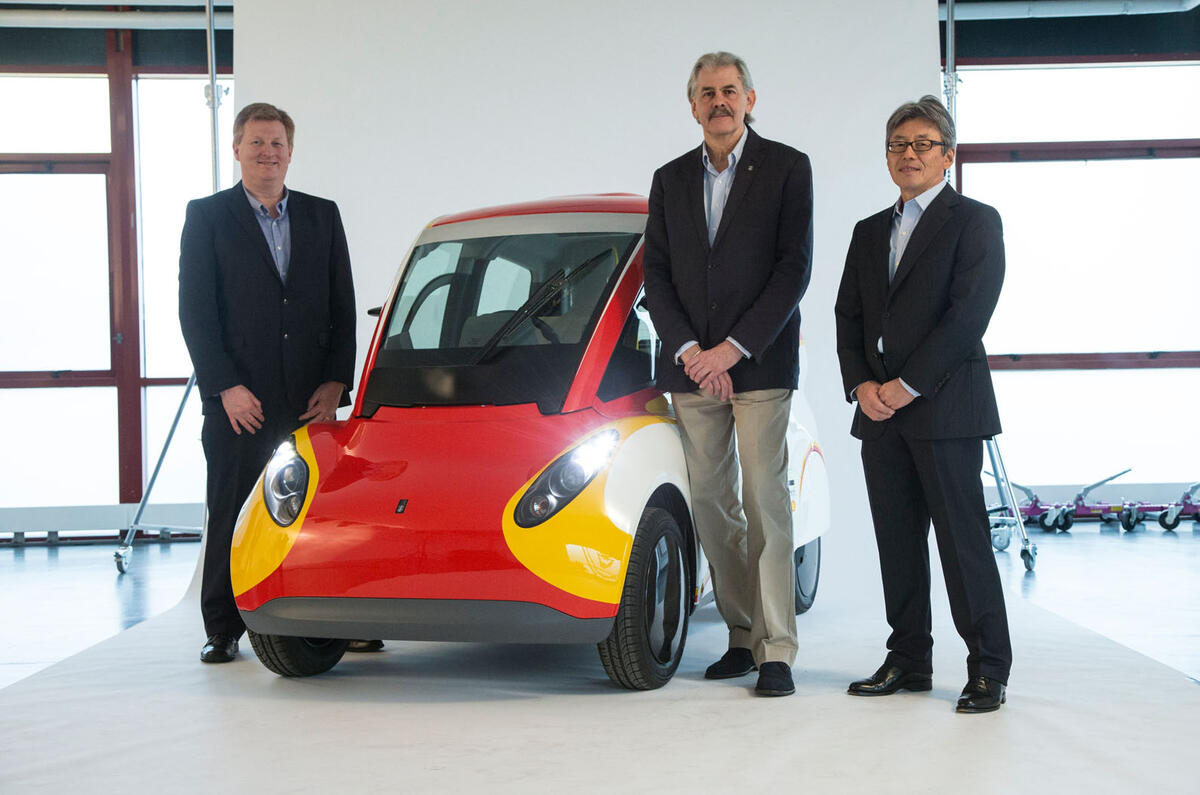
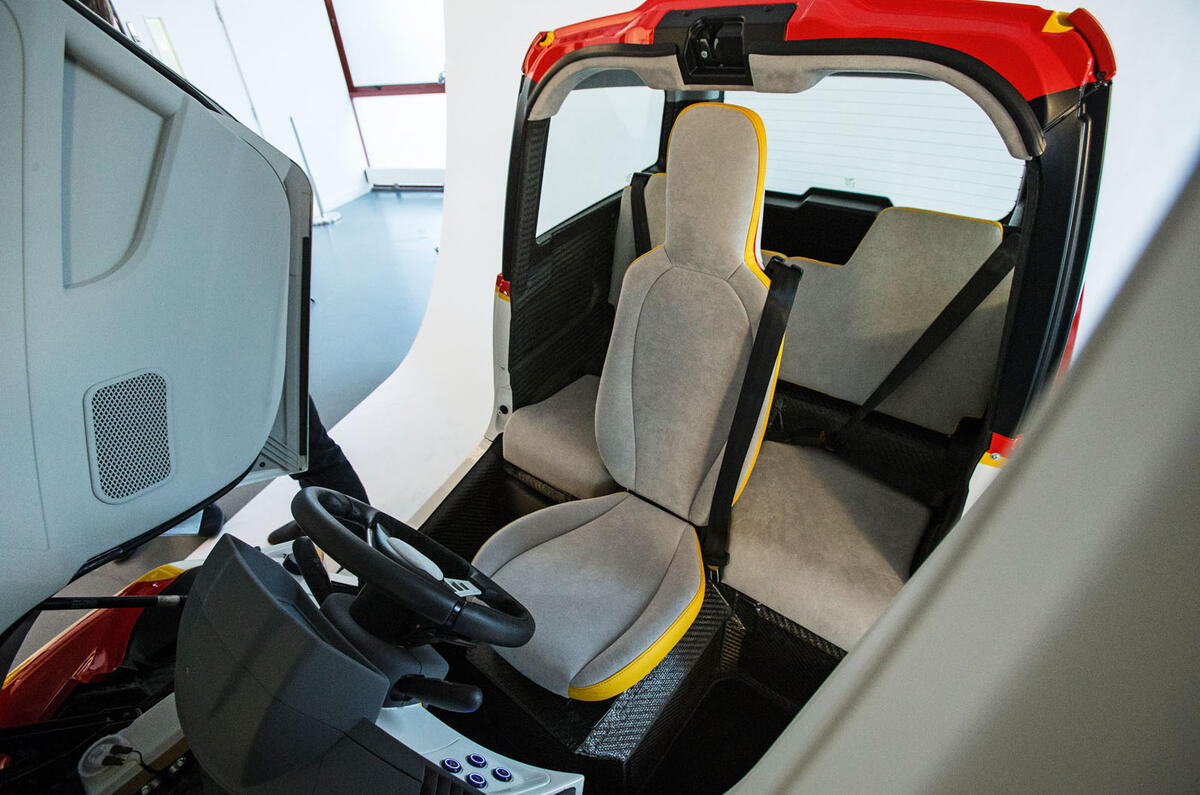

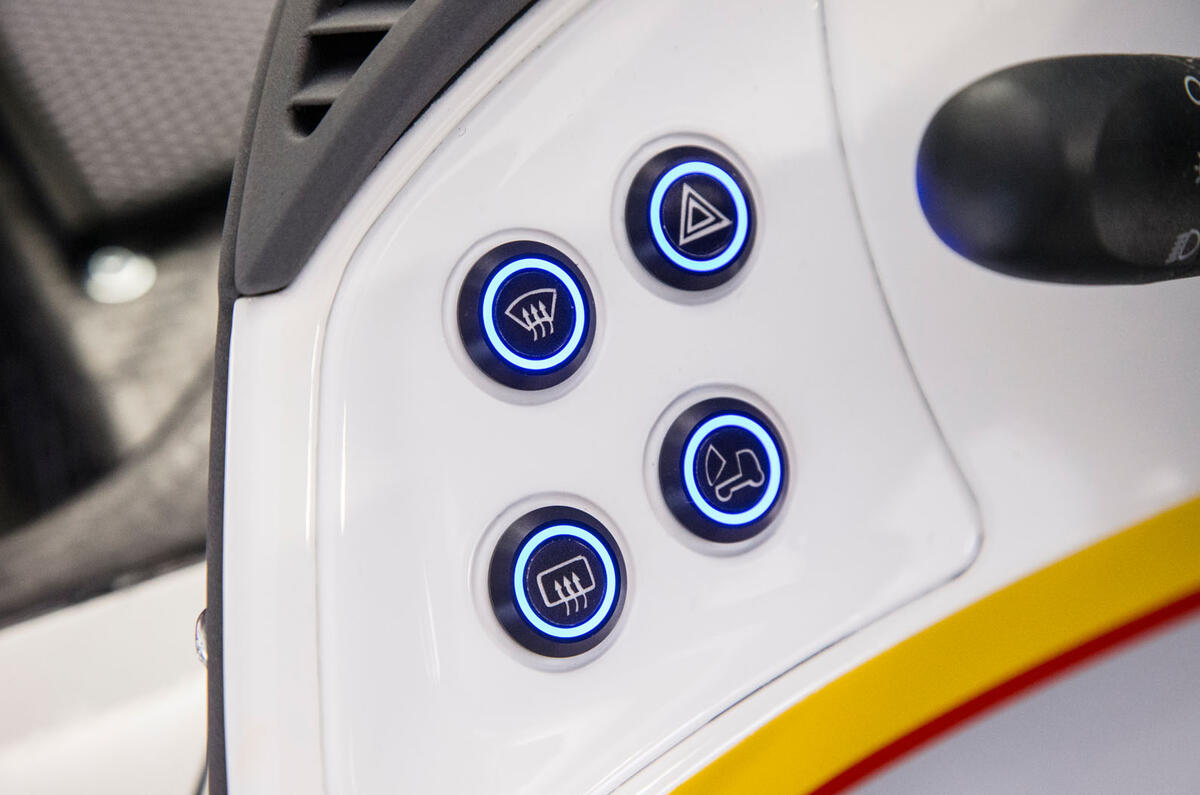

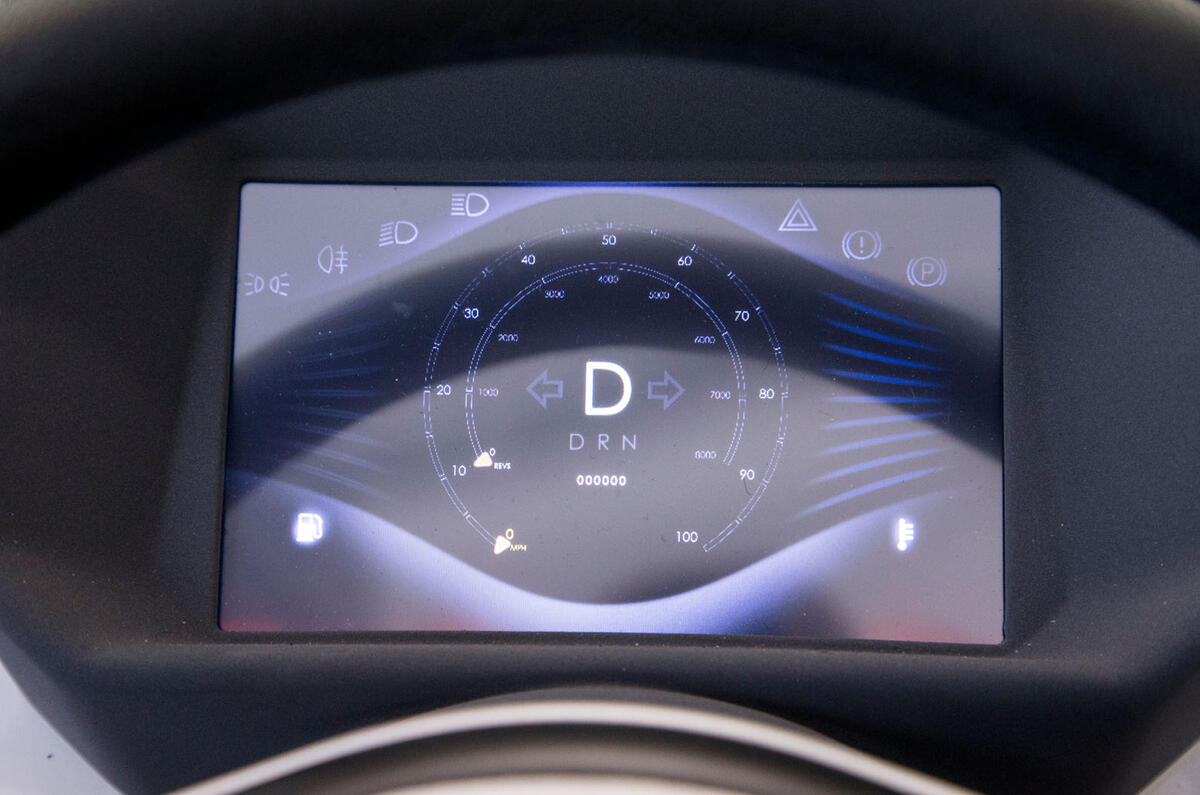
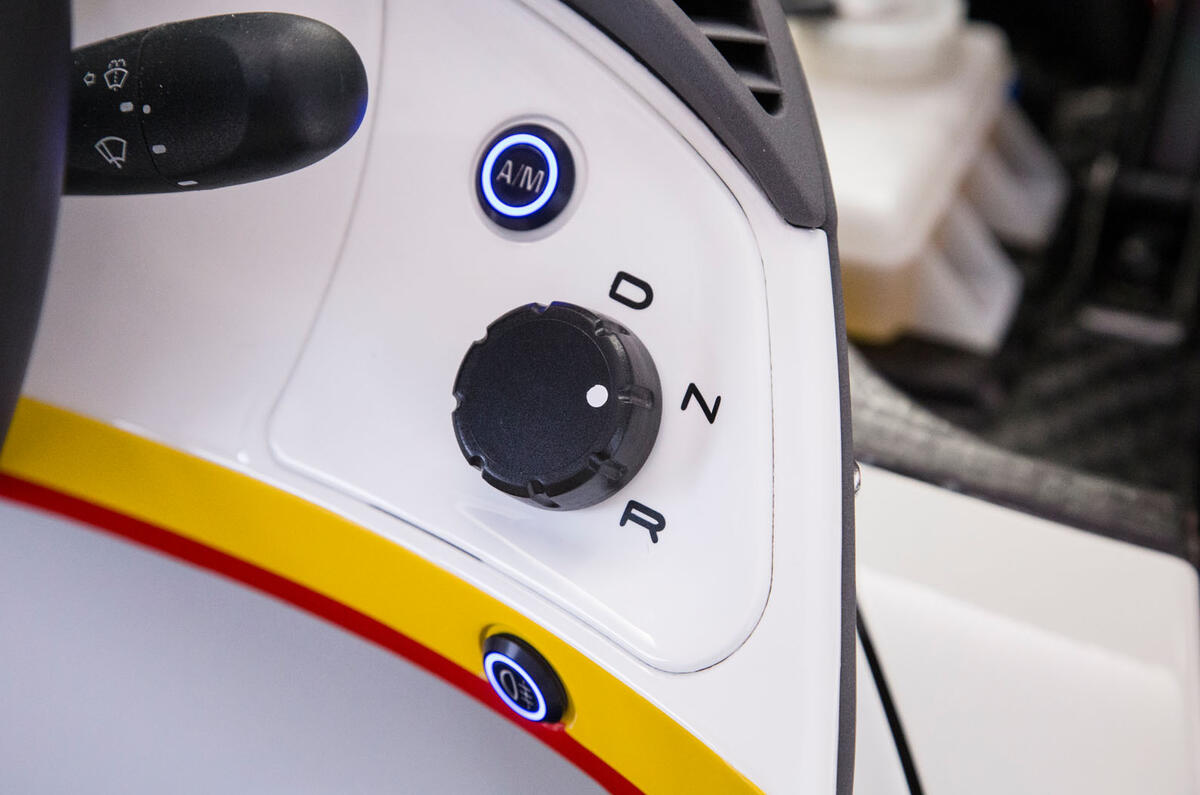
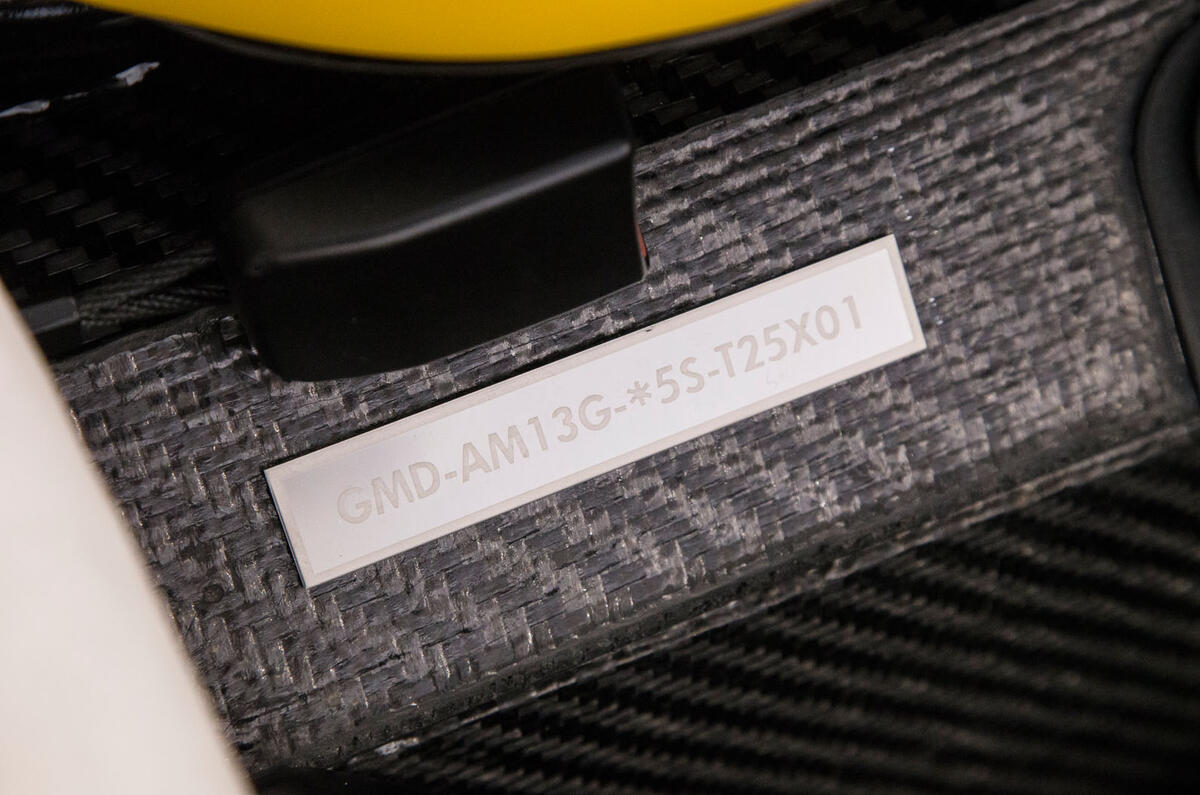
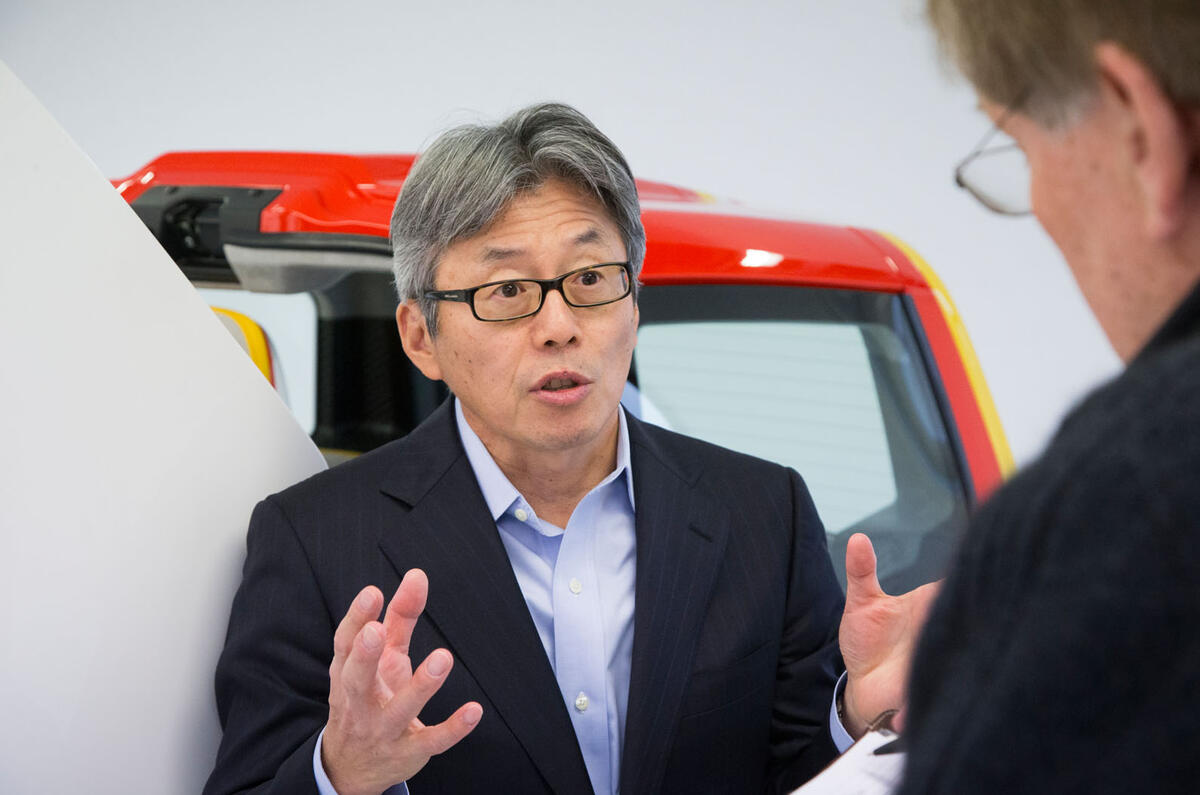
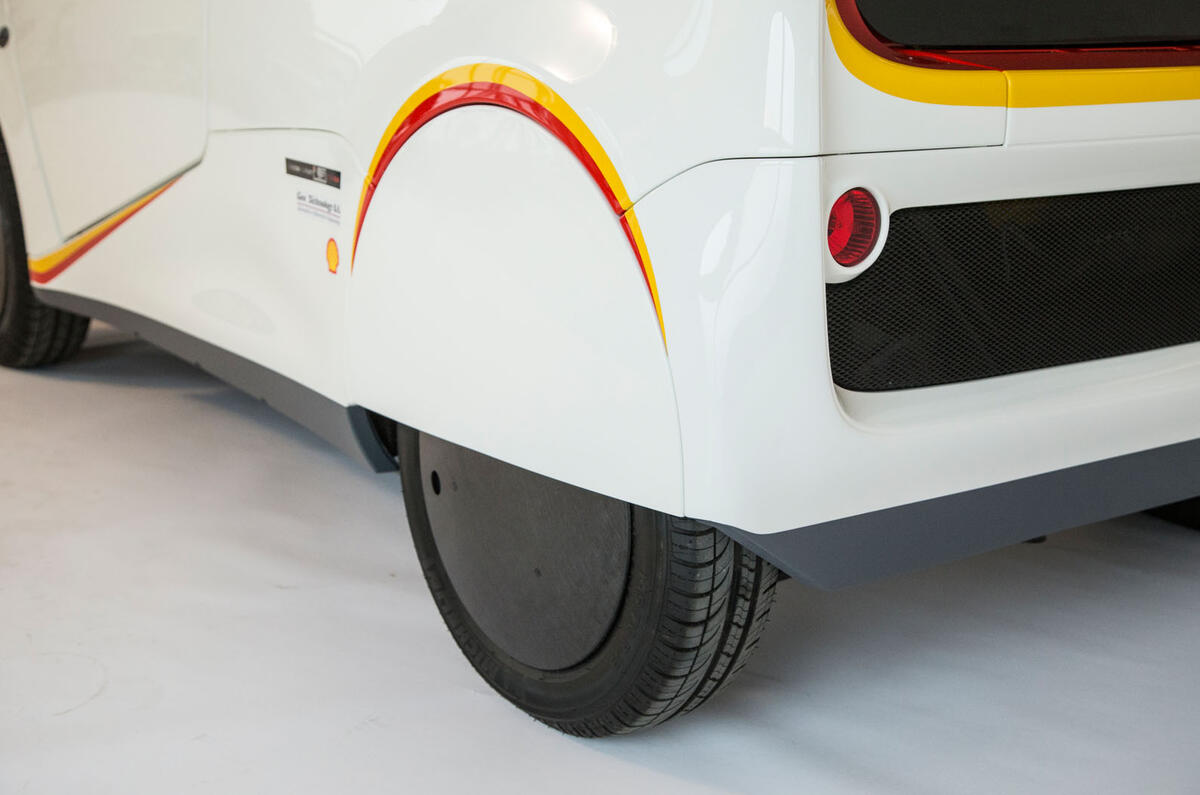
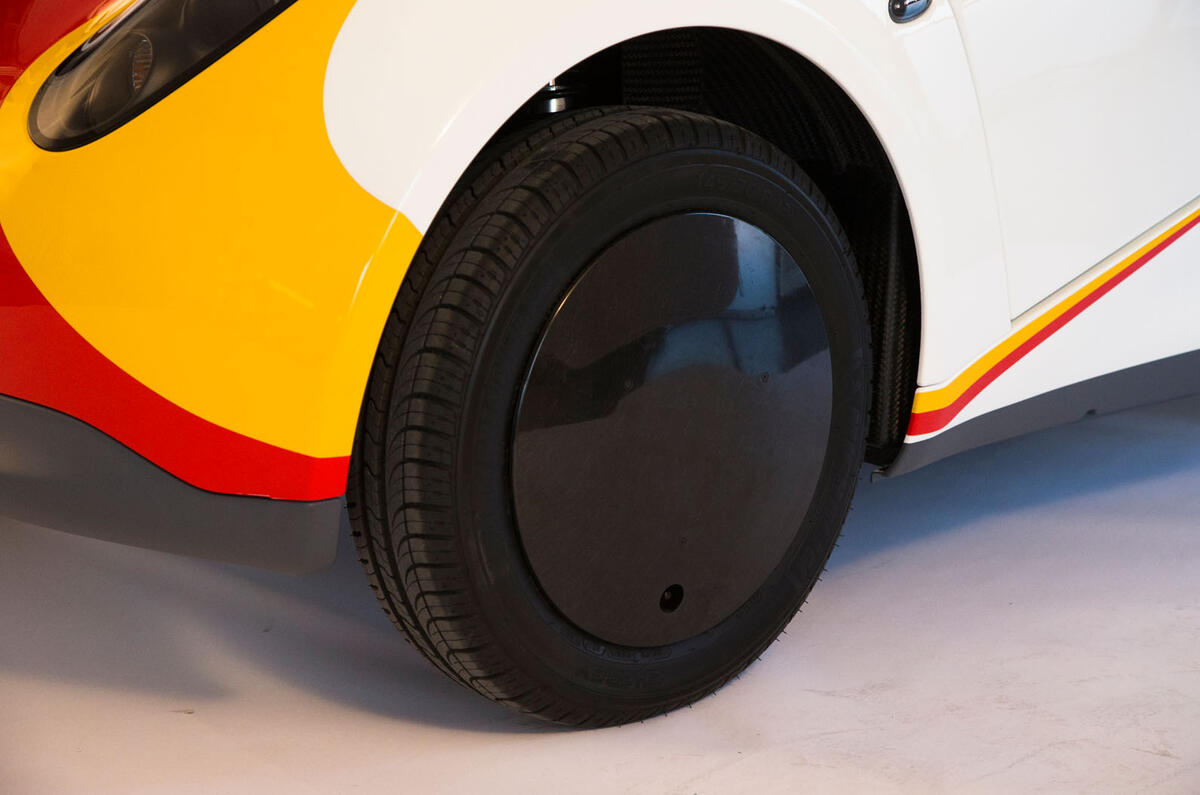


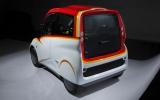







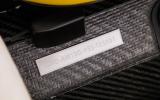

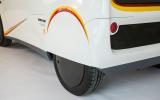
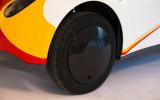








Join the debate
Add your comment
I'm Confused
I would love to see something fantastic to come out of this project, but I am giving up hope that it will happen.
Why?
Might use about twice as much fuel, but the cost of fuel is 70% tax anyway. If everybody starts achieving 100+ mpg then all that the 'government' will do is put the tax up (80, 90, 95%??) to cover their losses.
Buy a proper car and safeguard the future price of petrol and diesel!
Will not meet NCAP standards...